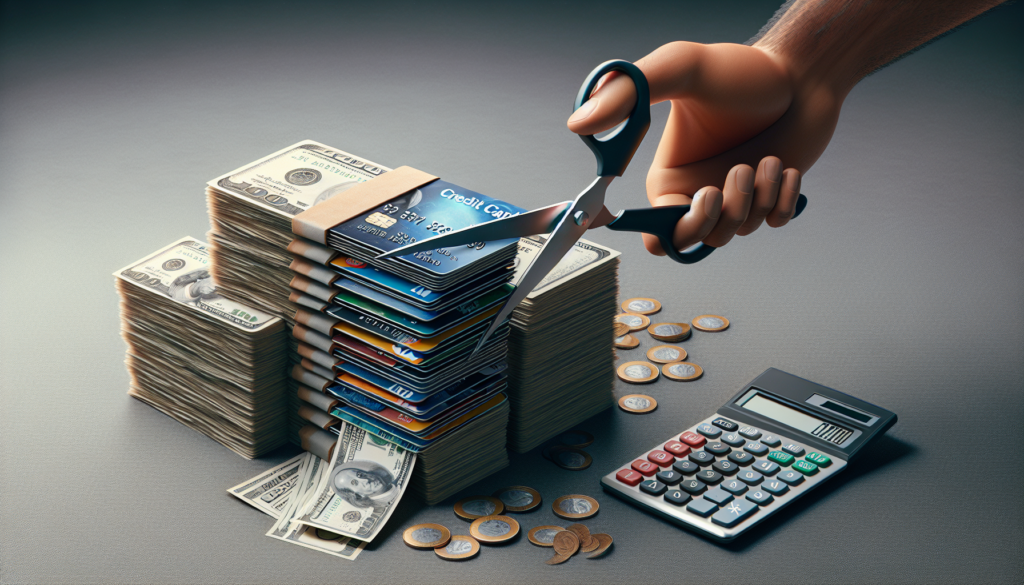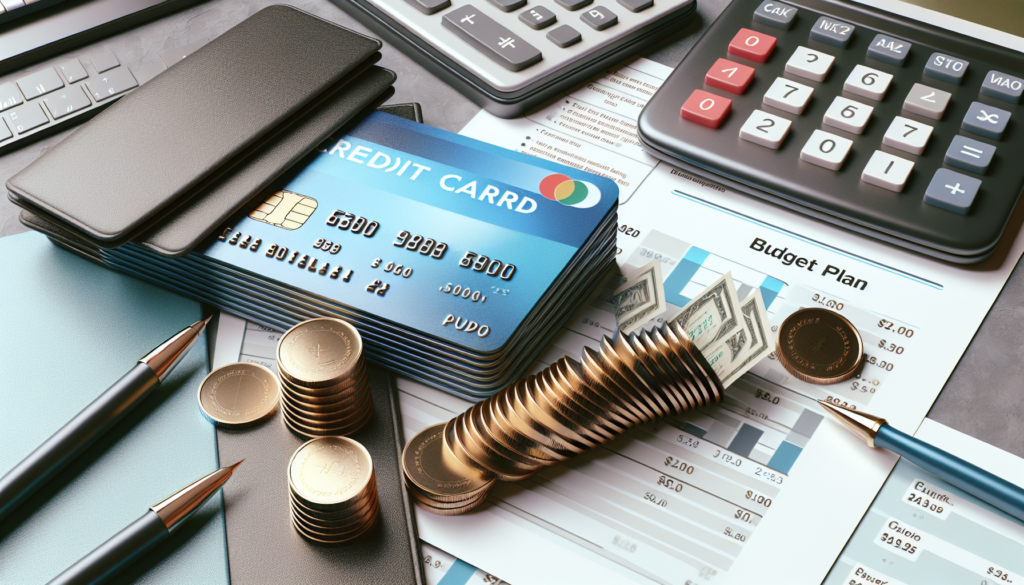
Breaking free from the minimum payments trap is crucial for financial health and long-term debt management. When you only make the minimum payments on credit cards or loans, a significant portion of your payment goes toward interest rather than reducing the principal balance, which can prolong your debt repayment indefinitely. Here’s a strategic guide to help you move beyond just making minimum payments and towards a debt-free future.
Understanding the Minimum Payment Trap
- High Interest Costs: Minimum payments on high-interest debt, especially credit cards, can result in paying several times the original amount due to accrued interest.
- Extended Repayment Period: Making only the minimum payment can extend the debt repayment period for decades.
- Limited Cash Flow: As your debt lingers, it restricts your monthly cash flow, limiting your ability to save or invest for the future.
Strategies to Escape the Minimum Payment Cycle
- Budget Review and Adjustment: Analyze your monthly spending to identify areas where you can cut back. Redirecting even a small amount of money from non-essential expenses to your debt can have a significant impact over time.
- Debt Snowball Method: Focus on paying off your smallest debts first while maintaining minimum payments on others. Once the smallest debt is paid off, roll the amount you were paying on that debt into the next smallest, creating a “snowball” effect.
- Debt Avalanche Method: Alternatively, you can focus on paying off debts with the highest interest rates first while making minimum payments on the rest. This method can save you more in interest payments over time.
- Consolidation and Balance Transfers: Consider consolidating multiple debts into one lower-interest loan or transferring high-interest credit card balances to a card with a 0% introductory APR. This can reduce the amount of interest you pay and simplify your payments.
- Increase Income: Look for ways to boost your income, such as taking on a part-time job, freelancing, or selling unused items. Apply the extra income directly to your debt.
- Use Windfalls Wisely: Apply any unexpected windfalls, such as tax refunds, bonuses, or gifts, directly to your debt.
- Negotiate with Creditors: Contact your creditors to negotiate lower interest rates or better terms. Even a slight reduction in interest rates can make a significant difference over time.
- Prioritize High-Interest Debts: Focus on paying off high-interest debts first, as they are the most costly.
- Monitor and Adjust: Regularly review your debt repayment plan and adjust your strategies as needed. Celebrate small victories to stay motivated.
- Seek Professional Advice: If you’re overwhelmed, consider consulting with a financial advisor or credit counselor who can help you develop a tailored plan to tackle your debt.
Long-Term Benefits of Escaping the Minimum Payment Trap
- Financial Freedom: Eliminating debt frees up your monthly cash flow, allowing for more significant savings and investment opportunities.
- Improved Credit Score: Reducing your debt levels can improve your credit utilization ratio, a key factor in your credit score.
- Reduced Stress: Debt can be a significant source of stress and anxiety. Paying it off can lead to improved mental and emotional well-being.
- Better Financial Habits: The discipline developed while paying off debt can translate into better financial habits, setting a foundation for long-term financial health.
Escaping the minimum payment trap is a critical step toward financial independence. It requires a strategic approach, discipline, and sometimes lifestyle adjustments, but the long-term benefits of becoming debt-free are invaluable. By implementing these strategies, you can accelerate your debt repayment, save on interest, and build a stronger financial future.



Get a Free Bankruptcy Case Evaluation